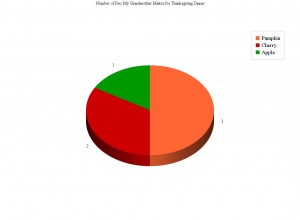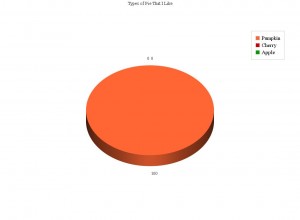Hockey has a rich and varied history, spanning over 2 centuries and multiple continents. Although it is not known where ice hockey originated, similar sports have been played on land for centuries, such as bandy in Northern Europe.
When I first began this project, I only had a vague idea of what I wanted to research. That broad idea was: hockey. As I was researching historical landmarks for MAP #1, I began to notice a pattern. Hockey seemed to grow steadily, and at an alarming rate since the creation of the official rules in 1875 by J.G.A. Creighton. The other thing I began to notice was the distinct ability of hockey to bring together different nations. Hockey may have gotten its roots in Canada, but by 1895, college athletes from the United States and Canada were playing the first international series of hockey matches, and by the late 1800’s – early 1900’s, North American hockey had made its way over to Europe. In 1917, the Seattle Metropolitans of the PCHA became the first American-based team to win the Stanley Cup, after the Cup’s trustees ruled that teams outside Canada could compete for the trophy. So here, we have, even in the infancy of the sport, an international tradition.
In 1920, hockey proved that it was an international sport on the most global stage, by making an appearance at the 1920 Summer Olympics. The games were later declared the first World Ice Hockey Championships. Predictably, with its years of training, Team Canada won. In 1924, the Boston Bruins defeated the Montreal Maroons 2-1 in the first NHL game played in the United States. The international appeal of ice hockey was growing. Map #1 shows the “Original 6” teams in the NHL to be a hodgepodge of Canadian and US teams. There is no doubt that at that point, hockey was a uniting, and sometimes dividing factor between the United States and its friendly neighbors to the North.
1956 marks the beginning of a new player into the North American hockey world: the USSR. This was the year the Soviets entered Olympic ice hockey for the first time, and won the gold medal nonetheless. In 1975, the global stage was made even larger when the Central Red Army and the Soviet Wings (two Soviet club teams) came to play a series of exhibition games against NHL teams. Following this, the Miracle on Ice happened in 1980, when the United States men’s Olympic hockey team, made up of amateur and collegiate players and led by coach Herb Brooks, defeated the Soviet team, who had won nearly every world championship and Olympic tournament since 1954. This was an important moment in American, Soviet, and world history. The game took place during the Cold War, when tension between the United States and the Soviet Union was incredibly high.
By the early 1990’s, hockey had become exceedingly popular, even with women, after the Canadian women’s team won the IIHF Women’s Hockey World Championship.
In MAP #2 of my project, I listed every Stanley Cup winning team, and the years the won. This, along with the graph of Stanley Cup winners shows that the cup was won by many Canadian teams, but also by American teams, showing the true international element of the sport.
In my text mining section, I have two tagxedo creations, one is a list of every now defunct Canadian hockey team. This is important, because it clearly shows the popularity of the sport, just by the sheer number of teams that no longer even exist – and that’s just in Canada. My second tagxedo is from the popular Washington Capitals hockey team blog: Russian Machine Never Breaks. The Russian Machine refers to Alexander Ovechkin, the Russian captain of the Washington Capitals team (and, incidentally, my favorite hockey player). I thought this accurately depicted the international connections of the NHL. In Washington, D.C., the capital of the United States of America, the captain of the hometown hockey team is Russian, and beloved my many as an American icon. Hockey proves again that it crosses all national borders. Finally, my bar graph showing the current NHL captains, and where they are from shows that there are actually more Canadian and European players who are captains of American and Canadian teams than American players. If that is not the perfect metaphor for the American dream, then I don’t know what is.
This project has opened my eyes, not only to the culturally rich history of ice hockey, but the myriad tools that are available on the internet, and in digital forums. I just recently created a twitter account dedicated to the Washington Capitals, and this project is a perfect side-dish to that. I plan on transforming this blog into my own personal hockey blog when the class is over. And who knows, maybe this project will lead to me getting a job as a sports writer with the Washington Post! (A girl can dream).


